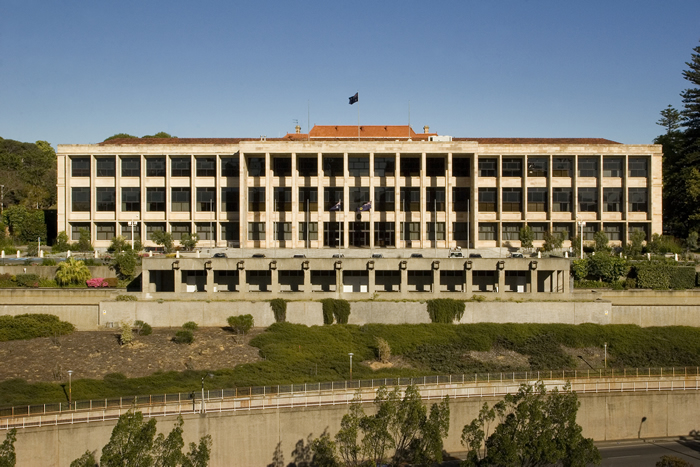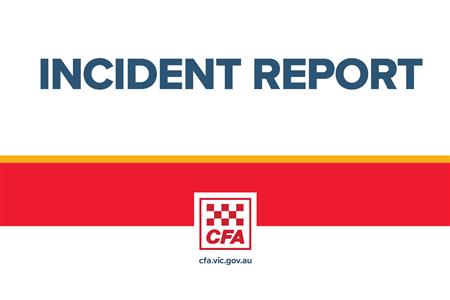Frightened livestock are prodded and yelled at as they are herded up a steep loading ramp into a live export ship. A ship is an unnatural environment for farm animals but the stress they feel now is just the beginning.
The suffering many live export animals experience through various stages of the live export process is unimaginable, and much occurs out of sight.
If it weren’t for brave whistleblowers and animal charities providing images to the media, we would never know what animals really experience between being loaded onto the ship and their final slaughter. Over the years our hearts have been broken by these cruel images circulated by media.
The Federal Government promised changes would come into effect by November 2020 to give cattle on ships more space to lie down and easier access to food and water. But even this modest improvement has now been shelved.
Buckling under pressure from live export lobbyists, our government is now allowing sheep to travel to the Middle East during the highest heat stress period of the year, despite veterinary advice that sheep suffering could not be avoided at this time.
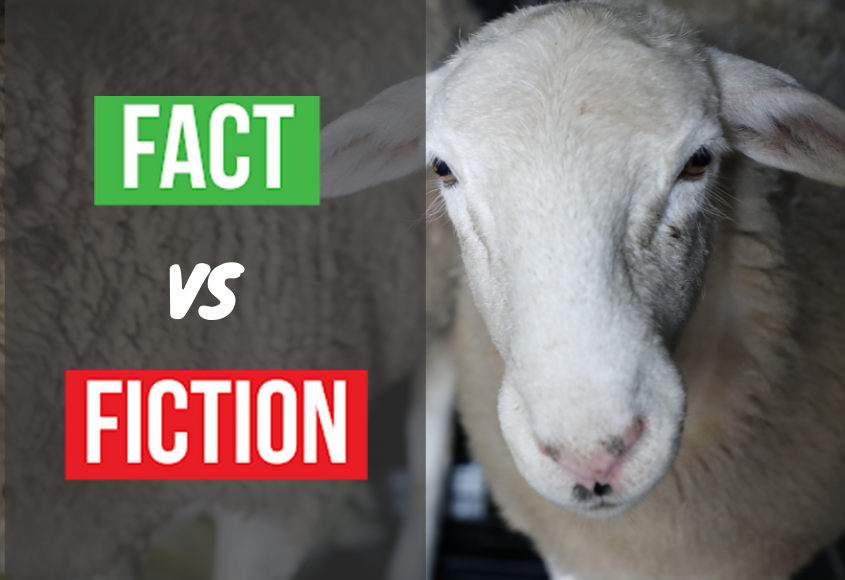
✗ MYTH: Animals are treated humanely
Once on-board live export ships, conditions are inherently stressful. Animals experience rough seas, high temperatures, crowding, and ammonia buildup from their own waste.
Crowding makes it difficult for some animals to lie down and hard for some to reach food or water. Some animals will not adjust to the pellet food on the ship and will starve or experience serious weight loss.
Voyages generally last from one to four weeks with animals often forced to adjust from cold to very hot climates (or the reverse) during the voyage. Onboard, animals face an increased risk of injury, illness, and death.
Deaths result from heat stress, starvation, infection, serious digestive disorders, and traumatic injuries that require euthanasia. Reducing the mortalities on ships is positive, but is not a measure of good welfare since animals who arrive live in destination countries may suffer even more than those that succumbed during the journey.
After arriving in the destination country, animals will have to endure more road transport, different (sometimes extreme) climatic conditions, feedlotting, and often rough handling before finally being slaughtered, often without pre-stunning, whilst the animal is fully conscious.
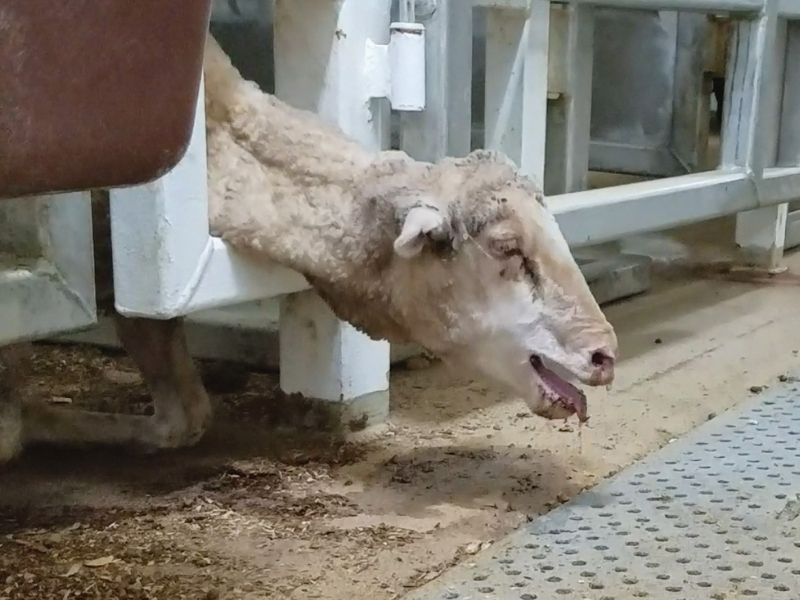
✗ MYTH: Live export supports the Australian economy
Live exports have damaged the meat processing sector in Australia as thousands of abattoir related jobs have been lost, some abattoirs have been closed and many are operating below capacity.
Australian jobs are lost once live animals are shipped overseas to support jobs and economies in other countries. Meat processing plants have the ability to increase employment, strengthen our meat processing industry and boost economies in regional Australia.
According to economic research by ACIL Tasman, the economic benefits of processing sheep in Australia far outweigh the benefits of supplying live sheep.
Domestically processed sheep are worth 20 percent more to the Australian economy than sheep exported live, due to the value that will be added to the Australian meat processing sector.
Also confirmed through a succession of economic reports is that most farmers do not rely on live export and with government support, can transition into more reliable (and less cruel) farming options if the live export trade were to cease.
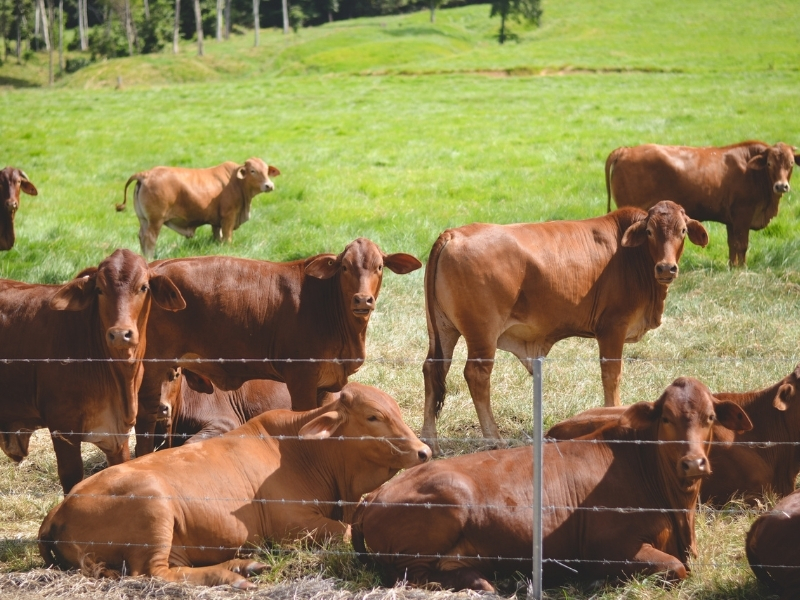
✗ MYTH: The Australian Government does not tolerate cruelty to animals and will not compromise on animal welfare.
Undercover investigations have consistently exposed the cruelty occurring across the live export trade yet the Australian Government continues to knowingly send our animals abroad to suffer in these conditions.
A mortality rate of up to 2% of sheep is acceptable to the Australian Government before an investigation will be conducted. This means that on a ship carrying 67,000 live sheep, 1339 sheep deaths would be tolerated and an investigation would not be triggered until 1340 sheep have died onboard.
Considering the millions of sheep shipped each year, this equates to a very high number of mortalities and the principle is the same for cattle, although a lower number of onboard mortalities (1%) is tolerated.
Animal welfare conditions will improve only when the Australian Government acknowledges that suffering is inherent to live export and ceases the trade altogether, as because it is extremely difficult to influence animal welfare laws in other countries, or regulate the treatment of Australian animals once they leave our shores.
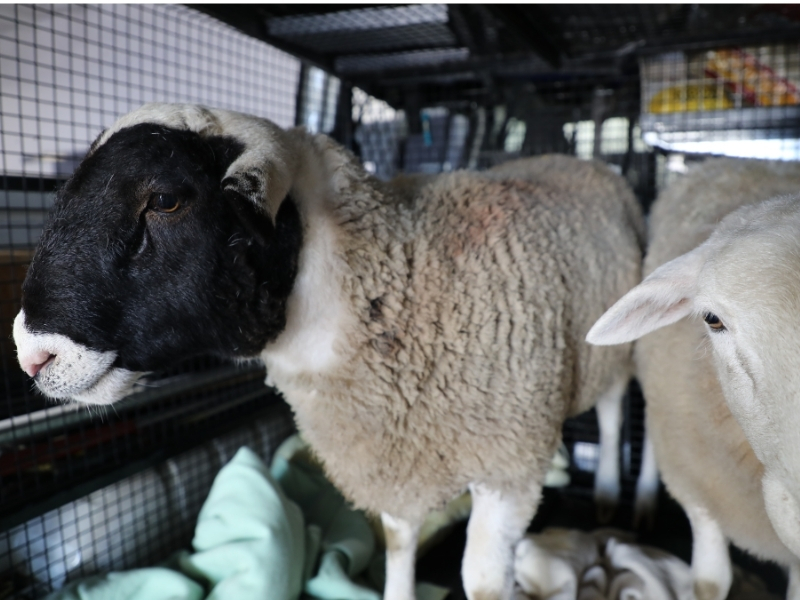
✗ MYTH: Government policies and decision on live export are science and evidence based
Scientific evidence shows it is impossible to reduce the heat stress sheep will suffer if they are shipped from Australia into a Northern Hemisphere summer between May and October.
In response, the Australian government has a Moratorium in place for shipping sheep from Australia to this region between June and September. Unfortunately exporters can be exempted from this if they can prove low mortality rates for sheep shipped in these conditions. This is despite the fact that the McCarthy Review found the mortality rate is not an acceptable animal welfare measure.
Scientific evidence shows that steps taken to mitigate the risk of heat stress for sheep exported into the Northern Hemisphere summer between May and October do not work because sheep still cannot shed enough heat to avoid experiencing heat stress.
If decisions were guided by science, sheep would not be permitted to be shipped from Australia into the Northern Hemisphere during their summer.
An increasing volume of scientific evidence shows animals cannot be exported live without suffering. Those regulating the trade have admitted it can’t be regulated to achieve good animal welfare, without compromising government policy to maintain the trade.
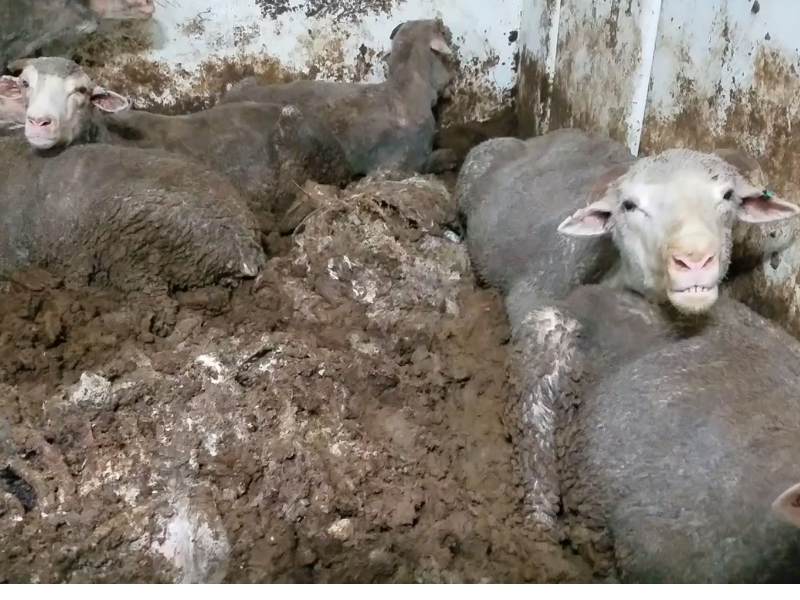
✗ MYTH: Live export customers will not accept boxed meat
Countries that import live animals from Australia also import our boxed meat. Over the last decade there has been a substantial increase in the export of boxed meat from Australia to the Middle East.
In 2009, Australia exported 19.9 million kg of boxed lamb to the Middle East. In 2019, this figure increased to 57.0 million kg, an increase of 187%.
Middle Eastern demand for chilled and frozen beef, veal, lamb and mutton are growing rapidly.
Additionally, an ABARES Report, Live Export Trade Assessment, states that the Middle East, Egypt and parts of SouthEast Asia will accept boxed meat if there is no other alternative.
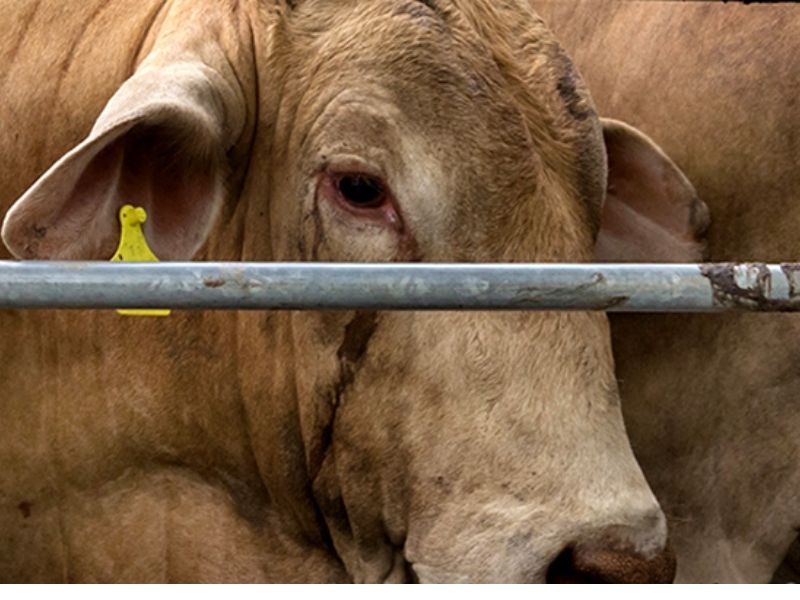
✗ MYTH: There is a lack of refrigeration in importing countries
Home appliances have become an integral part of the modern lifestyle in Middle East and African countries. 2011 Research found that almost all UAE, Kuwait, Qatar and Bahrain households had fridges and almost three quarters had freezers.
Several developing countries in the Asia/Pacific region also rank amongst the fastest growing markets for refrigeration equipment.
Globally, the highest market for refrigeration is China, followed by India, with Indonesia coming in fifth place. These countries will continue to represent major growth markets.
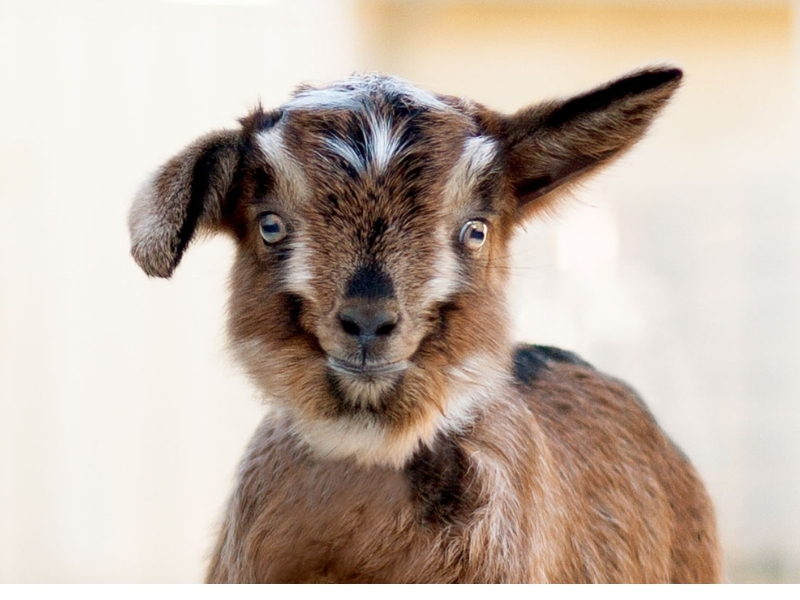
✗ MYTH: If live export trade ceases, animal welfare will be compromised as animals will be sourced from other countries that have lower animal welfare standards than Australia.
It’s nonsense to justify live export based on the assumption that animal welfare standards will not exist if Australia bans this horrific trade.
In every country there are people fighting for the welfare of animals. People in 176 countries are currently fighting to ban live export. People will continue to fight these cruel and abhorrent conditions and push for better welfare for farmed animals.
Australia may currently have some of the best standards in the world for live export, but investigations have proven that even when they are enforced, they are still severely lacking. By banning live export, Australia will set an example to the rest of the world by declaring our country will not tolerate such systemic cruelty.
It’s unacceptable that any animal suffers from this fate, let alone the millions each year that continue to undergo these horrendous journeys.
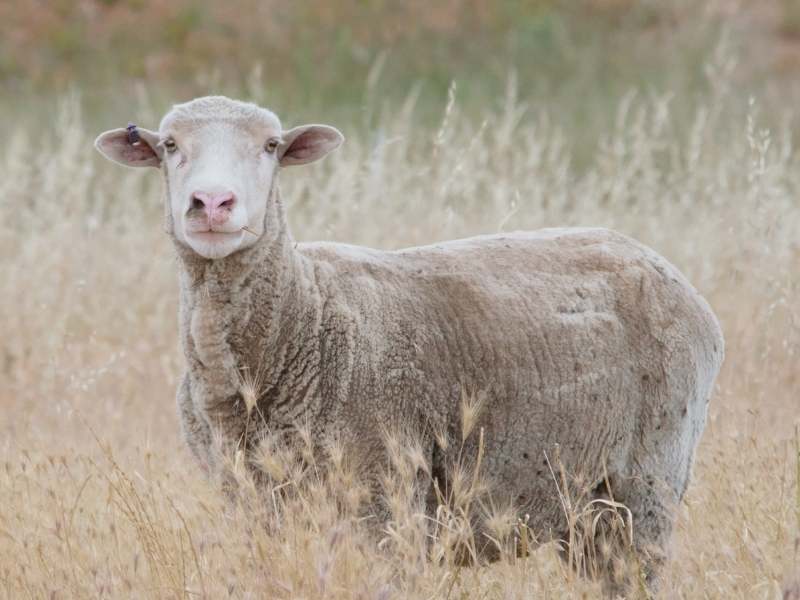
✗ MYTH: Middle Eastern consumers prefer to slaughter animals themselves, due to religious custom
South Australia currently ships large volumes of Halal accredited boxed meat to countries where we export live animals.
This occurs because some Australian abattoirs have capacity to slaughter animals by the methods under the required for Halal certification, in compliance with Islamic Law.
Furthermore, a requirement for Halal accredited meat is that the animal does not suffer. This means the animal must not be subject to any cruelty, stress or discomfort before slaughter.
If the animal has suffered in these ways, so, the animal’s meat is unlawful and forbidden to consume.
This halal requirement is inconsistent with the reality of the live export trade, with hundreds of thousands of animals suffering inhumane conditions and handling once onboard ships and during the (long) live export process.
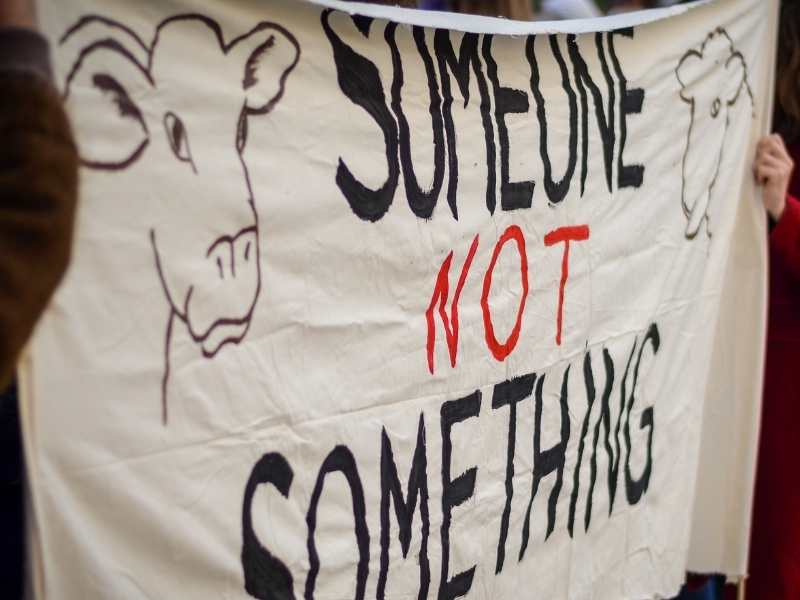
✗ MYTH: South Australia’s live exports have a future
South Australia is experiencing a stark decline in its export numbers. In 2001-2002 the state was exporting 1.3 live sheep compared to 260,000 in 2017. The Pegasus report, found that economically it is better for South Australia to value add and export the meat chilled.
The report found that SA abattoirs were operating under capacity and could have processed all the sheep we had exported live plus many more.
Australian animals have been exported live for 3-4 decades, but despite ongoing government reviews, regulatory breaches causing serious animal suffering continue to occur.
A business reliant on animal suffering is unsustainable and Australian polls show consistent community opposition to this trade. There is no evidence that Australian live export has a future.
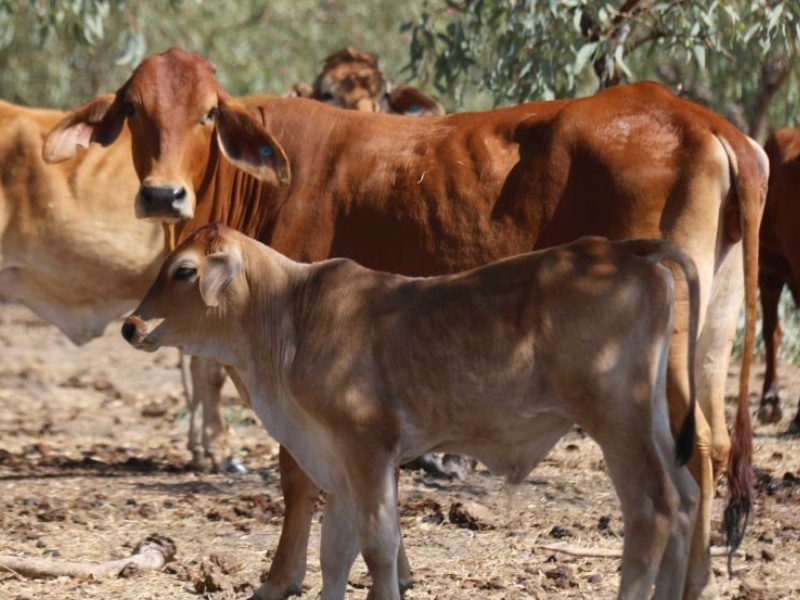
Animals deserve far better than the current standards of live export delivery
The industry continues to promise change, improved animal welfare standards and humane outcomes for animals, but live export remains unethical.
It will never be able to control all aspects of the trade, or guarantee that live export animals won’t suffer terrible outcomes.
With government support for Australian farmers, there is capacity to transition away from live export. Economic profits must never be placed above the welfare of animals.
We do have the power to make a difference and stand up for the animals that cannot stand up for themselves. Live export cannot be done humanely, the reality for these animals is unacceptable. We will continue to fight for these animals, until we win.







